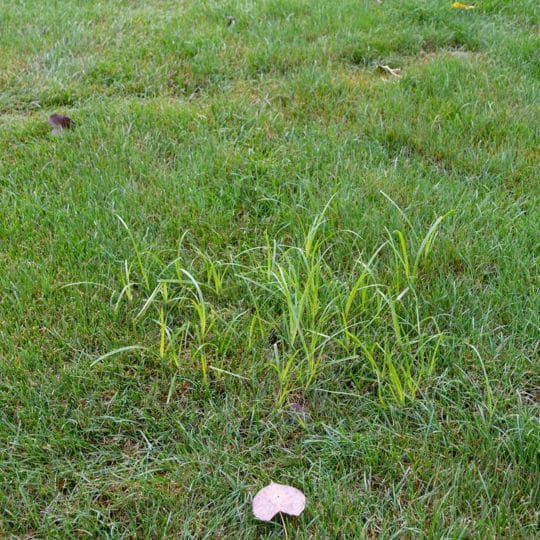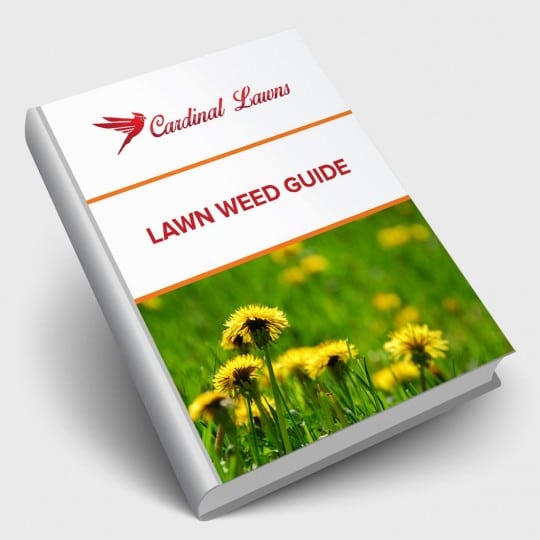How to Tell if it’s Grass or Sedge
And What to do if it’s Sedge
Posted
July 13, 2023

Looking out across your lawn, it’s easy to point out certain issues, such as bare spots and broadleaf weeds. But what about whether you have grass or sedge? Learn how to spot the difference to determine if you have more grassy-weed than grass.
Grass or Sedge?
It’s hard to identify certain weeds since there’s a whole category that’s known to look more like grass. Sedges are part of the grassy weed family. Under closer inspection, you’ll notice the difference since the sedge features triangular, three-sided stems.
Sedges prefer warmer climates and wet soil that’s poorly drained. However, they’ll settle for dry, well-drained areas if there’s no other competition from other plants or grasses. Since certain types of sedge are spread by seeds in the air and underground tubers, they can be classified as annual and perennial, making them even more difficult to control.
Controlling Sedge
Like all weeds, the best way to control the spread is by properly maintaining your lawn. No weed likes to compete with lush, healthy grass. Here are some easy ways to boost the vitality of your yard:
- Aerate your lawn to prevent compaction and poor drainage
- Fertilize regularly to grow denser grass
- Mow at the proper height
- Don’t overwater
There are certain types of treatments to help curb sedge, but these products should be used at the early stages and doesn’t guarantee it won’t grow back. Once sedge becomes established in your lawn, it can take years to completely control the problem. Put a little more problem-solving power into your sedge control plan by contacting the lawn care experts at Cardinal Lawns for help.

Download Your FREE Lawn Weed Guide
Before weeds take over your yard this season, learn to identify and prevent them in the first place. Keep your lawn looking great all year!